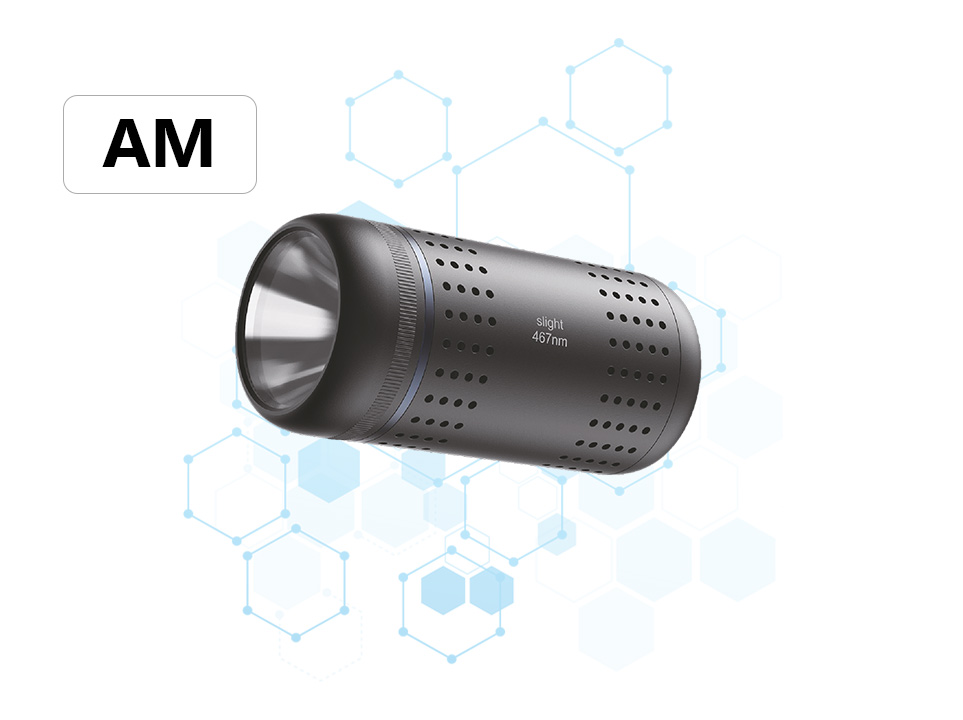Power Sizing Methodology for LED Photoreactors: Design Considerations and Optimization Strategies
Abstract
Light-emitting diode (LED)-based photoreactors have emerged as energy-efficient platforms for photochemical processes. However, improper power selection can lead to suboptimal reaction efficiency or excessive energy consumption. This study proposes a systematic methodology for LED photoreactor power sizing by analyzing key parameters including photon flux density, spectral matching, thermal management, and scalability. Case studies in photocatalysis and photopolymerization validate the framework, demonstrating a 22–35% improvement in energy utilization compared to conventional trial-and-error approaches.
Keywords: LED photoreactor, power optimization, photon efficiency, thermal management, photochemical reactions
1. Introduction
Photochemical reactors require precise control of light intensity, wavelength, and spatial distribution. While traditional light sources (e.g., mercury lamps) suffer from broadband emission and poor adjustability, LEDs offer tunable spectra (FWHM 10–30 nm) and instantaneous switching capabilities.
Nevertheless, selecting appropriate LED power remains challenging due to:
Nonlinear relationship between input power and photon output
Thermal degradation risks at high current densities
Spatial heterogeneity in light distribution
This work establishes quantitative guidelines for power sizing across three critical phases: (1) reaction-specific photon demand analysis, (2) LED array configuration optimization, and (3) dynamic power modulation strategies.
2. Fundamental Principles
2.1 Photon Requirement Calculation
The minimum required optical power (P_opt, in W) can be derived from:
Where:
: Molar photon demand (mol)
: Quantum efficiency of the reaction
: Energy per photon (J)
2.2 LED Power Characteristics
Commercial LEDs exhibit a trade-off between radiant flux and wall-plug efficiency (WPE). Experimental data show WPE decreases by 12–18% when driving current exceeds 70% of maximum rated current (Fig. 1).
3. Power Sizing Framework
3.1 Step 1: Spectral Matching
Match LED peak wavelength (±5 nm) to the absorption maxima of photosensitizers/catalysts. For multi-wavelength systems (e.g., UV-Vis协同催化), use power ratio optimization:
Where denotes molar absorptivity and threshold irradiance.
3.2 Step 2: Thermal-Electronic Co-Design
Implement finite element analysis (FEA) to predict junction temperature (T_j):
Where = thermal resistance (°C/W). Maintain to prevent wavelength drift >2 nm.
3.3 Step 3: Dynamic Power Control
Implement pulse-width modulation (PWM) to adjust irradiance without spectral shift. Optimal duty cycles reduce energy use by 40% in batch reactions with diminishing photon requirements.
4. Case Studies
4.1 Photocatalytic Water Treatment
Reaction: TiO2-mediated degradation of methylene blue
Required irradiance: 15 mW/cm² @ 365 nm
LED array: 24 × 3W UV LEDs (operated at 2.1W each) achieves 98% contaminant removal in 30 min, with 28% lower energy than continuous full-power operation.
4.2 Flow Photoreactor for API Synthesis
Continuous flow system with 5 mL reaction volume
Power-optimized configuration: 4 × 10W 450 nm LEDs at 75% driver current achieves 92% yield versus 78% with non-optimized high-power settings.
5. Conclusion
This study demonstrates that systematic power sizing can enhance LED photoreactor performance while reducing operational costs. Future work should integrate machine learning for real-time power adjustment in multiphase reaction systems.





